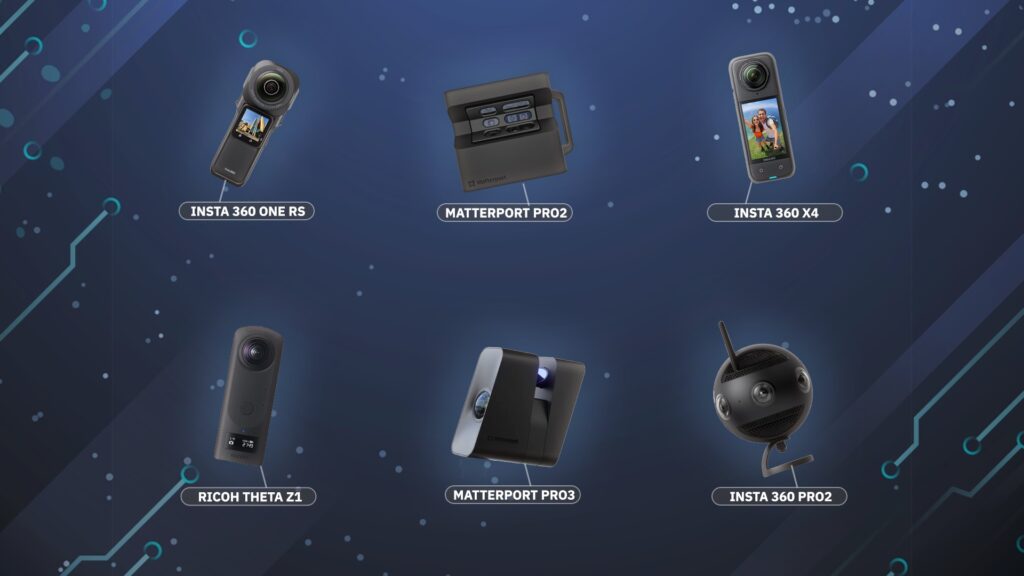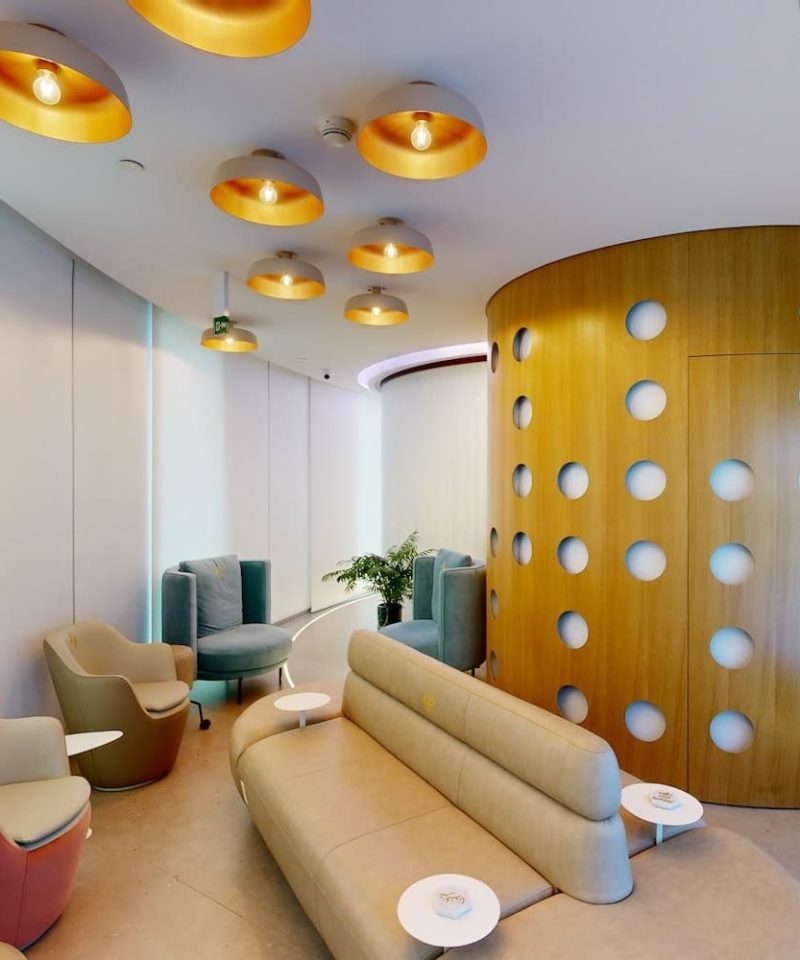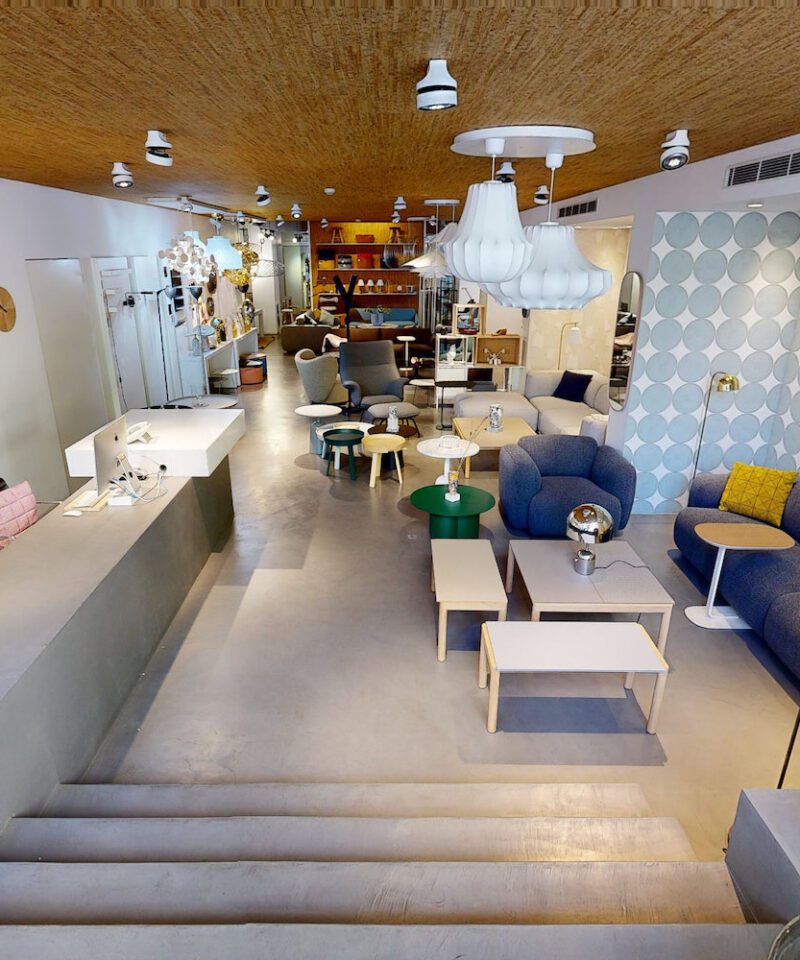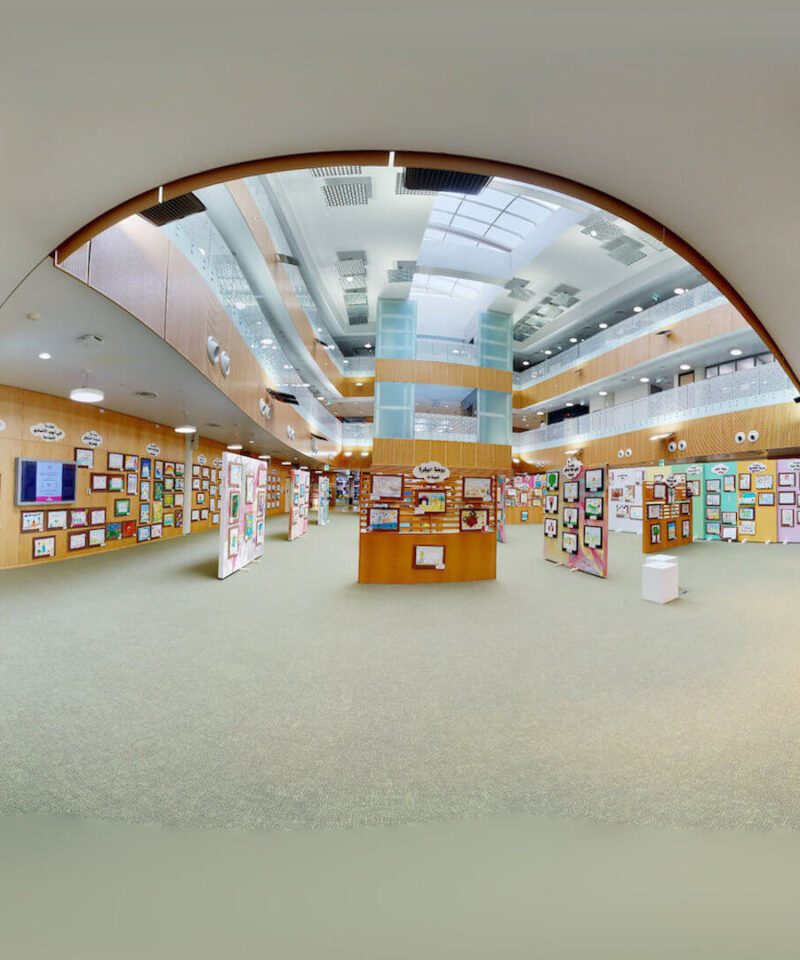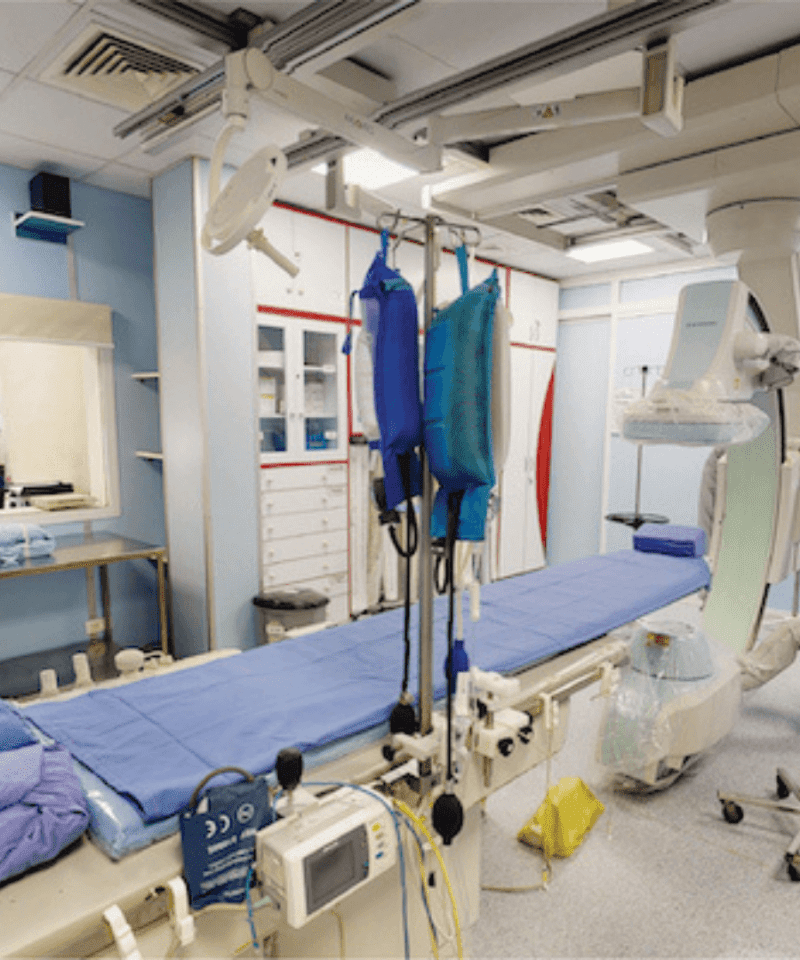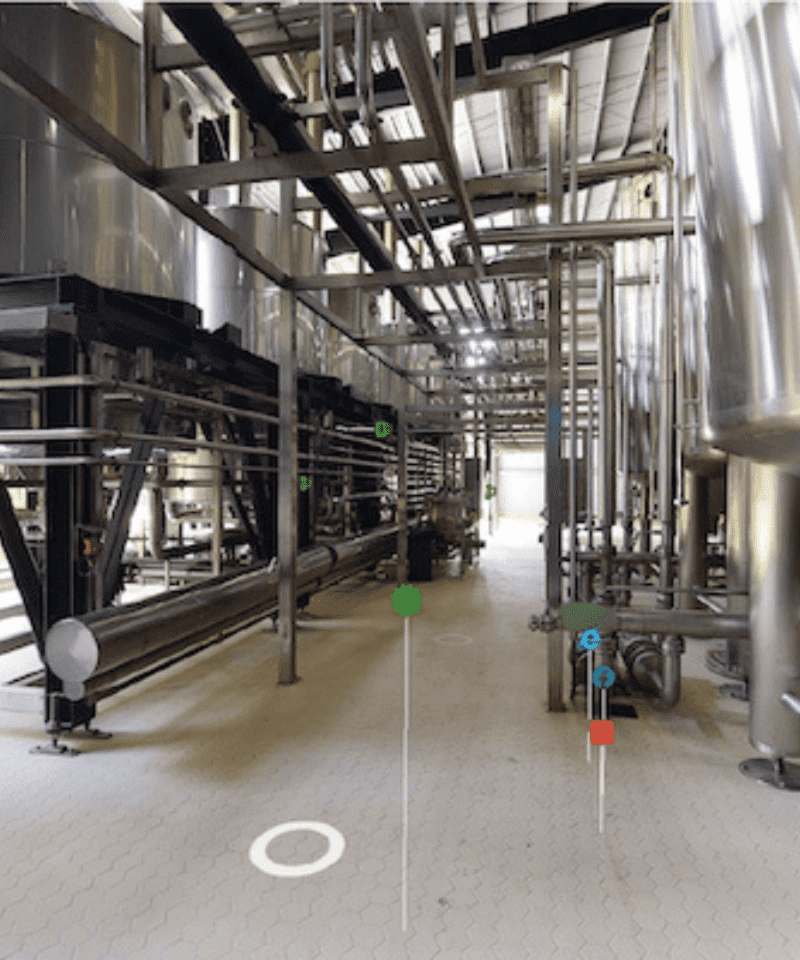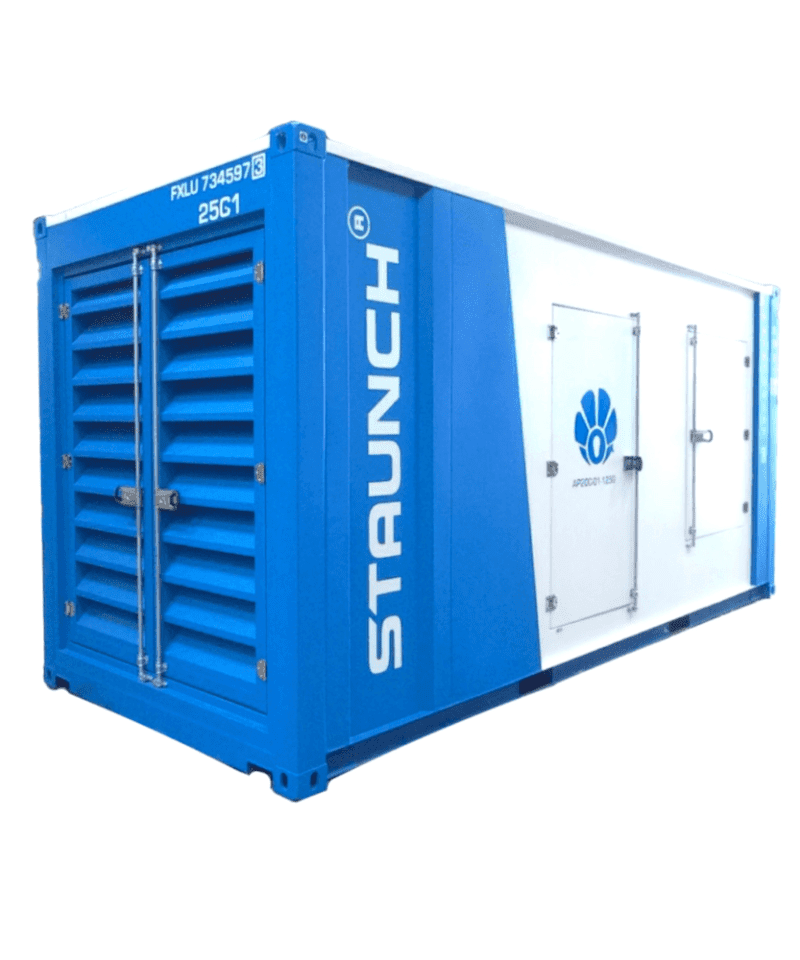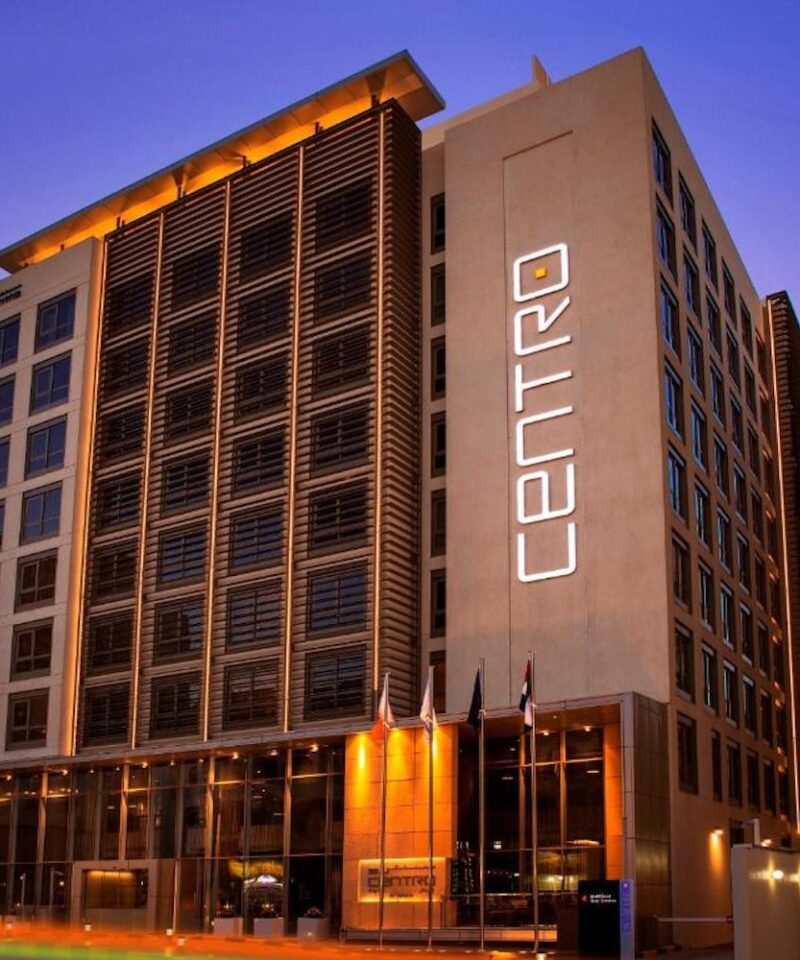In the dynamic world of digital visualization, 360 virtual tours stand out as a revolutionary way to experience spaces and places remotely, offering a seamless, immersive view that traditional photography simply can’t match. As the demand for these tours grows across industries—from real estate to tourism and beyond—the choice of the right 360 camera becomes pivotal. These cameras not only capture every angle in a single shot but also significantly enhance the viewer’s engagement and satisfaction.
Learn all about 360 Virtual Tours
The evolution of 360 cameras has been rapid, with newer models offering increasingly sophisticated features that cater to both novice users and professional photographers. Whether you are just starting out or looking to upgrade your equipment, understanding the nuances of each camera’s capabilities is crucial. In this blog post, we will delve into the world of 360 cameras, discussing their essential features, and reviewing some of the top models currently favored in the industry. Our aim is to equip you with the knowledge to choose the perfect camera that meets your specific needs for creating stunning, high-quality 360 virtual tours.
What Features Define a Good 360 Camera for Virtual Tours?

A 360 camera, also known as an omnidirectional camera, captures a 360-degree field of view in the horizontal plane, allowing for a comprehensive spherical view of the surroundings. This capability is essential for creating virtual tours, as it provides viewers with a realistic, immersive experience, making them feel as if they are physically present in the location.
Key Features of 360 Cameras
When considering a 360 camera for virtual tours, there are several features you should evaluate to ensure you get the best results:
- Image Stitching: Most 360 cameras have two or more lenses to capture a full 360-degree image. The camera’s software stitches these images together. Effective stitching is crucial for creating a seamless panoramic image without noticeable seams or misalignments.
- Dynamic Range: A camera with a high dynamic range (HDR) can handle a wide range of lighting conditions, ensuring that both light and dark areas are captured with sufficient detail. This is particularly important for indoor spaces with varied lighting or outdoor tours during different times of the day.
- Low Light Performance: Good low light performance is essential for capturing clear images in environments with limited lighting, such as indoor events or dusk scenes.
- Ease of Use: The camera should be user-friendly, with intuitive controls and easy setup processes, making it accessible even for those new to 360 photography.
- Software Compatibility: Ensure that the camera is compatible with the virtual tour software you plan to use. This compatibility is essential for streamlining your workflow from shooting to editing and publishing.
Evaluating Your Needs
Before diving into specific camera models, it’s important to assess your specific needs:
- Professional vs. Personal Use: Professionals might need advanced features like higher resolution and robust stitching capabilities, while personal users may prioritize ease of use and cost.
- Type of Tours: The nature of the virtual tours you intend to create—whether they’re for real estate, tourism, or educational purposes—might influence the type of camera you choose based on its features and output quality.
Understanding these features and how they align with your needs will help you make informed decisions as we explore specific camera models in the following sections. With the right 360 camera, you can elevate your virtual tours, providing experiences that are not only visually captivating but also technically superior.
Top 360 Cameras for Virtual Tours: Detailed Reviews and Comparisons
In this section, we’ll dive into detailed reviews of each camera, exploring their key specifications, strengths, and weaknesses, and identifying the best use cases for each in the context of creating virtual tours.
Insta360 One Inch RS

The Insta360 One Inch RS is known for its versatile modular design and exceptional image quality, thanks to its one-inch sensor co-engineered with Leica.
Specifications
- Resolution: Up to 5.7K video and 19MP photos
- Field of View: 360 degrees with dual-lens setup
- Image Stabilization: FlowState stabilization technology
Pros and Cons
- Pros: High image quality, versatile modular system, waterproof
- Cons: Higher price point, battery life could be limiting for extensive shoots
Best Use Case
- Ideal for professional-quality virtual tours in real estate and high-end hospitality.
Price Range and Availability
- Approximately $800, widely available online and in major electronics stores.
Insta360 X4
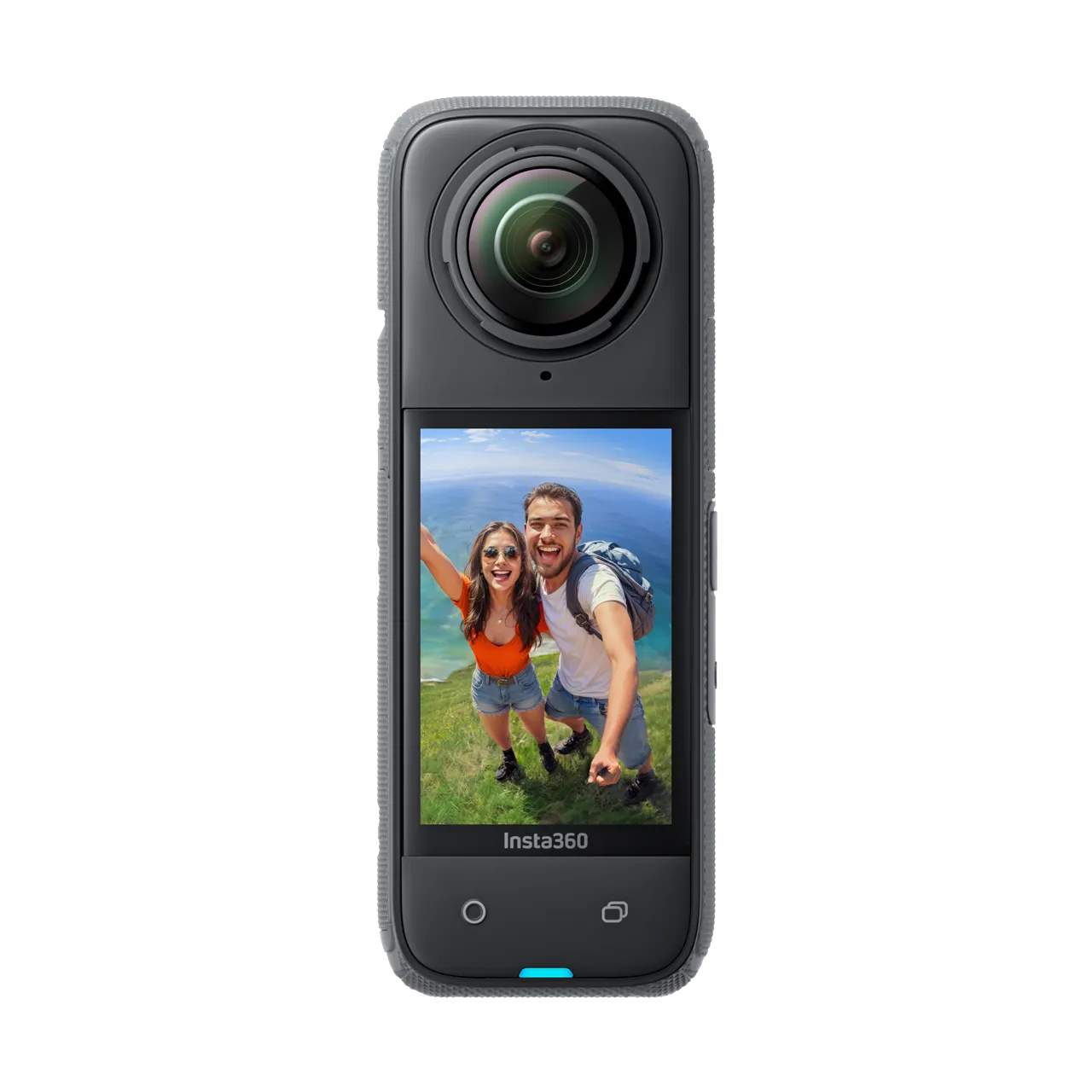
The Insta360 X4 is the successor to the popular X series, offering enhanced stabilization and improved low-light performance.
Specifications
- Resolution: 5.7K video
- Field of View: 360 degrees
- Image Stabilization: Advanced Horizon Lock
Pros and Cons
- Pros: Excellent stabilization, robust app support, good for dynamic settings
- Cons: Image quality underperforms in very low light despite improvements
Best Use Case
- Great for adventure tourism and outdoor activities where movement is involved.
Price Range and Availability
- Around $500, available in most professional camera equipment stores and online.
Insta360 Pro 2
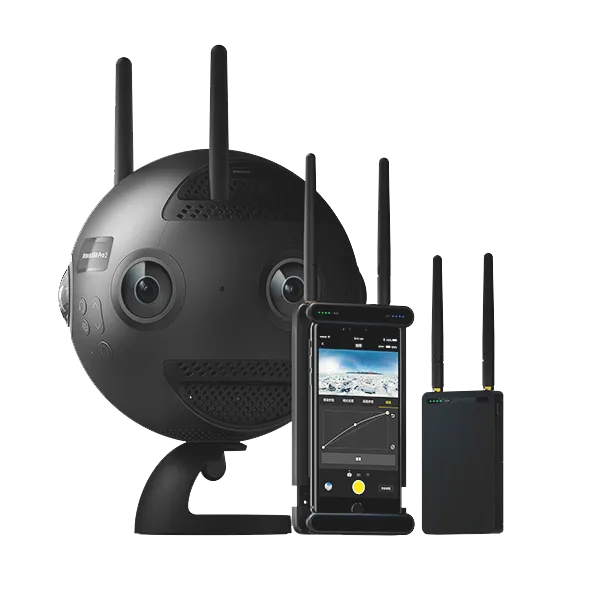
Designed for professionals, the Insta360 Pro 2 features six lenses for cinematic VR content and supports 8K 3D video.
Specifications
- Resolution: 8K video and 3D capabilities
- Field of View: 360 degrees
- Image Stabilization: Farsight 360° remote monitoring
Pros and Cons
- Pros: High-resolution output, real-time stitching, and 3D video capabilities
- Cons: Pricey and heavier, more suitable for stationary use
Best Use Case
- Perfect for cinematic VR, complex virtual tours in museums or historical sites.
Price Range and Availability
- Around $5000, aimed at professional users and available through specialized AV equipment suppliers.
Ricoh Theta Z1

The Ricoh Theta Z1 stands out with its dual 1-inch sensors and RAW shooting capabilities, offering DSLR-like performance in a compact form.
Specifications
- Resolution: Up to 4K video and 23MP photos
- Field of View: 360 degrees
- Image Stabilization: None specific; relies on sensor quality
Pros and Cons
- Pros: Superior image quality, RAW shooting, compact design
- Cons: Limited video resolution, no built-in stabilization
Best Use Case
- Ideal for real estate and indoor virtual tours where image quality is paramount.
Price Range and Availability
- Around $1000, available online and in camera specialty shops.
Matterport Pro2
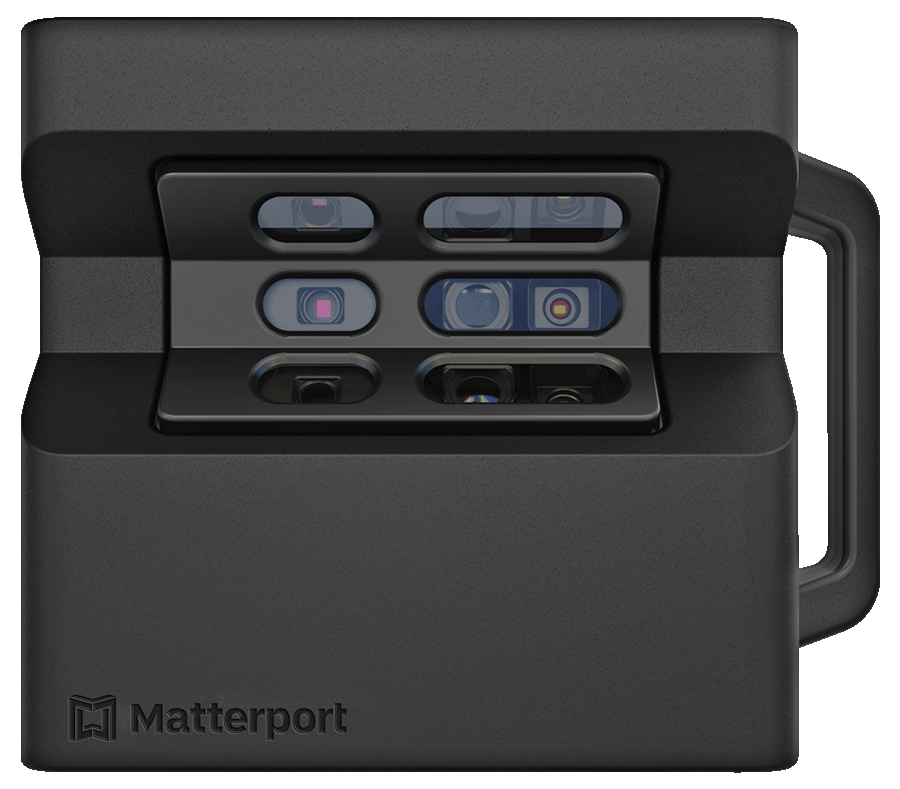
Specifically designed for creating detailed 3D virtual tours, the Matterport Pro2 is a favorite in the real estate industry.
Specifications
- Resolution: Professional-grade 134MP equivalent in 3D
- Field of View: 360 degrees
- Image Stabilization: N/A
Pros and Cons
- Pros: Unmatched detail in 3D modeling, intuitive software integration
- Cons: Primarily suited for indoor use, high cost
Best Use Case
- Essential for real estate agents and architects needing detailed 3D representations.
Price Range and Availability
- Around $3400, available through Matterport and authorized resellers.
Matterport Pro3

Building on the success of its predecessor, the Matterport Pro3 offers improved scanning speed and accuracy, ideal for large and complex spaces.
Specifications
- Resolution: Enhanced scanning resolution
- Field of View: 360 degrees
- Image Stabilization: N/A
Pros and Cons
- Pros: Faster processing, improved accuracy, and enhanced detail
- Cons: Even higher cost, targeted at professional users
Best Use Case
- Optimal for creating virtual tours of large commercial properties or intricate architectural spaces.
Price Range and Availability
- Expected to be higher than Pro2, aimed at high-end professional markets.
Side-by-Side: Choosing the Best 360 Camera for Your Needs
To help you better understand how each camera stacks up against the others, we’ve prepared a comparative analysis. This section will focus on highlighting the key features that are most relevant for creating 360 virtual tours, enabling you to make a more informed decision based on your specific needs.

- For High-Resolution Needs: If your primary concern is resolution for detailed imagery, the Insta360 Pro 2 offers 8K video, making it suitable for cinematic VR and complex virtual tours where detail is crucial.
- For Dynamic Outdoor Use: The Insta360 X4, with its robust stabilization features, is ideal for virtual tours involving movement, such as adventure tourism or outdoor events.
- For Professional Real Estate Tours: The Matterport Pro2 and Pro3 are unparalleled for real estate applications, offering high-precision 3D scanning that’s perfect for showcasing properties.
- For Budget-Conscious Users: The Insta360 X4 provides a balance of good performance and affordability, suitable for those just starting out or working with limited funds.
- For Indoor Quality Focus: The Ricoh Theta Z1’s ability to shoot in RAW and its superior low light performance make it a prime choice for indoor virtual tours, especially in settings like museums and galleries where quality is paramount.
This comparative analysis serves as a guide to help you prioritize which features matter most for your specific virtual tour projects and choose a camera that meets those requirements efficiently and cost-effectively.
Use Cases and Success Stories: How Different 360 Cameras Shine in Action
Here are a few examples of how specific cameras have been effectively used in the field
360 Virtual Tours & VR Experiences we’ve created using Matterport Pro3
360 Virtual Tours & VR Experiences we’ve created using Matterport Pro2
360 Virtual Tours & VR Experiences we’ve created using Insta360 Pro 2
360 Virtual Tours & VR Experiences we’ve created using Insta360 One Inch RS
Making the Right Choice: Summing Up the Best 360 Cameras for Virtual Tours
Choosing the right 360 camera is a critical decision that can significantly affect the quality and effectiveness of your virtual tours. By understanding the specific features and capabilities of each camera, and considering your unique needs, you can select the best equipment to produce high-quality, engaging virtual experiences. We hope this guide has provided you with the insight needed to make an informed decision.

